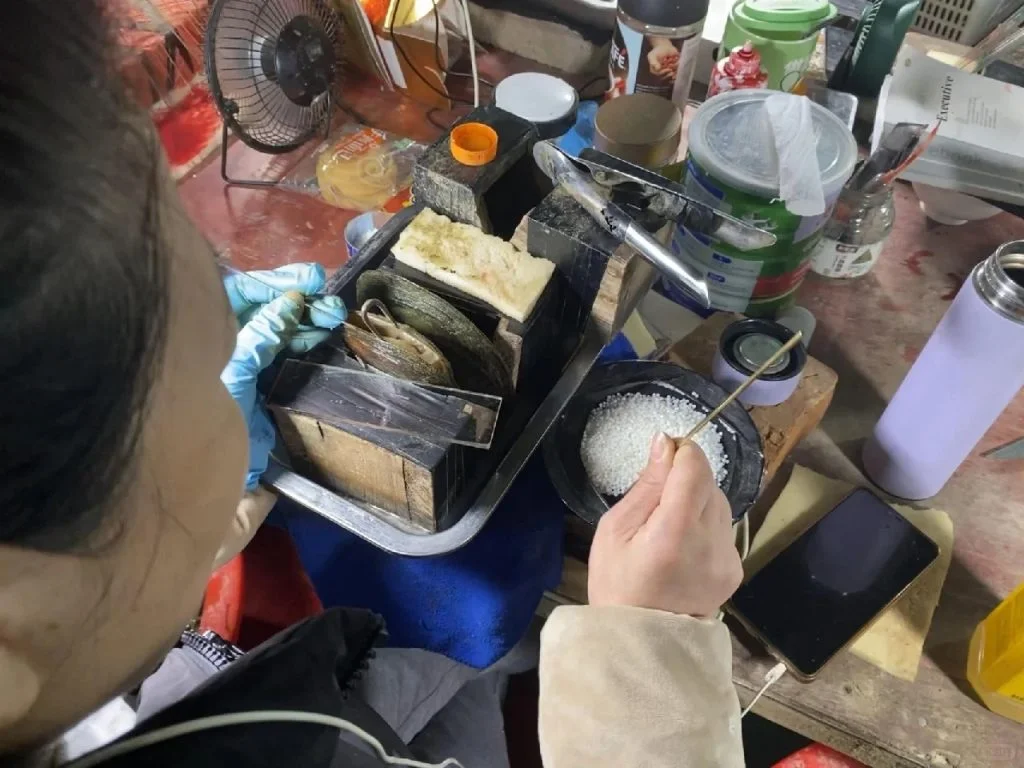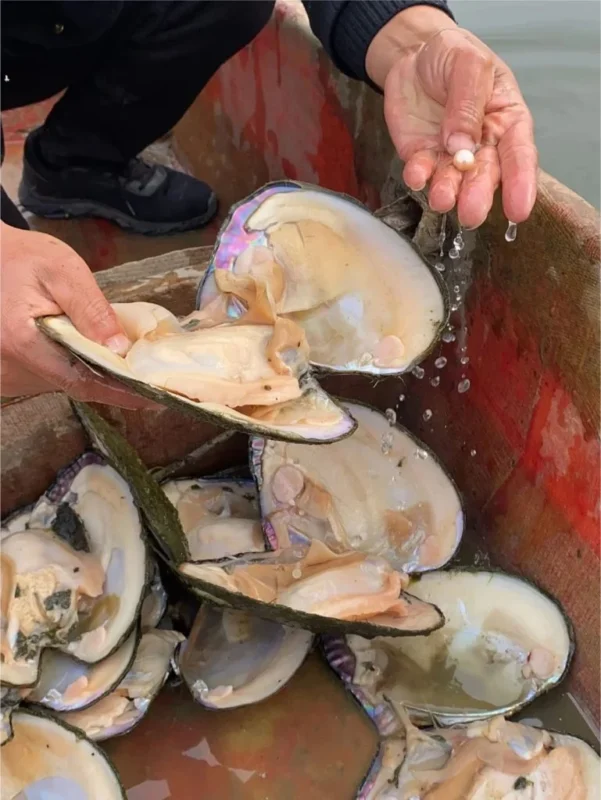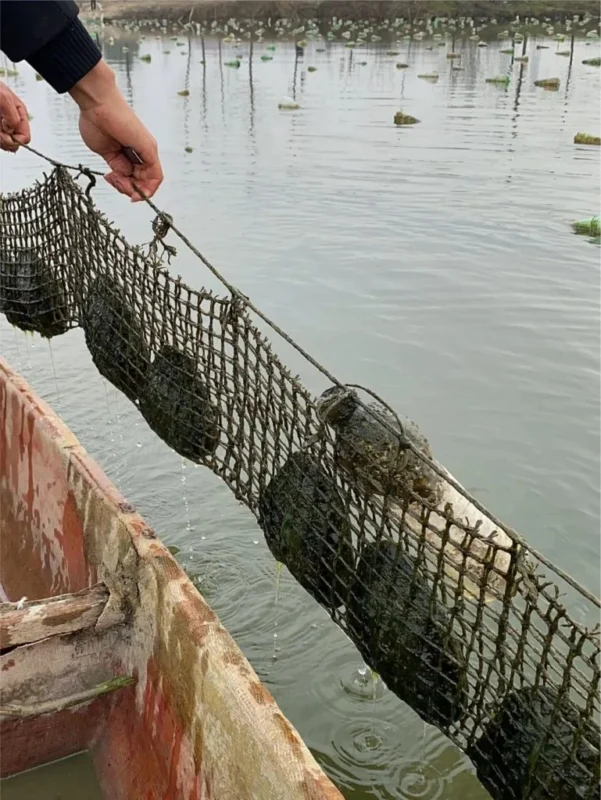How Nucleation Affects Pearl Quality

Pearl farming is a delicate blend of science and artistry, where multiple factors come together to determine the quality of a pearl. A key aspect of this process is nucleation, particularly in the case of multiple nucleations, which refers to the practice of re-nucleating oysters after their first harvest. In this article, we explore the impact of multiple nucleations on pearl quality, the significance of environmental factors, and modern advancements in pearl farming.
The Science Behind Multiple Nucleations
In the pearl farming industry, second or third nucleations are common practice, especially in regions like French Polynesia, home to the famous Tahitian pearls. Farmers attempt to produce larger pearls through subsequent nucleations, where the size of the bead nucleus increases with each cycle. However, as experts note, the success of multiple nucleations heavily depends on the health of the oyster. If an oyster produces a lower-quality pearl during its first nucleation, it is less likely to yield better results in subsequent attempts(The Productive Nerd).
One of the biggest challenges is the appearance of surface defects like “threading” (螺纹), which occur in approximately 20-30% of pearls, particularly Tahitian ones. This threading is caused by irregular nacre secretion during the formation of the pearl sac. Oysters that show these defects after their first nucleation are often discarded, as they are unlikely to improve(SpringerLink).

Modern Advances in Pearl Farming
Recent innovations in nucleation techniques are helping farmers improve their yield of high-quality pearls. New methods, including laser-assisted nucleation and biodegradable nucleation materials, enhance precision and reduce the stress on oysters. These advancements have also minimized the environmental impact of pearl farming by promoting more sustainable practices. Furthermore, advancements in biotechnology now allow scientists to optimize the nucleation process at a molecular level, improving both the success rate and quality of pearls.

Factors Influencing Pearl Quality
The environment in which the oysters are raised plays a crucial role in determining the overall quality of pearls. Stable water conditions, proper feeding techniques, and controlled farming practices all contribute to creating thicker nacre layers and brighter luster. Environmental fluctuations, on the other hand, can disrupt nacre deposition and result in lower-quality pearls(Atolea Jewelry).
Moreover, grafter skill—the technique used to insert the nucleus into the oyster—also has a significant effect on the retention of the nucleus and the ultimate quality of the pearl. Studies show that the grafter’s experience and precision can improve both the pearl’s shape and luster.

Why Pearl Farming Is an Economic Gamble
While only about 5% of pearls harvested are considered near-perfect, these pearls account for more than 90% of a farm’s revenue. This imbalance highlights the economic stakes for farmers, making it crucial to constantly refine their techniques and improve their chances of producing premium pearls.
Conclusion
Pearl quality is the result of a complex interaction between biology, technique, and environment. Advances in nucleation methods and biotechnology are helping pearl farmers overcome traditional challenges, while the significance of the oyster’s health and environmental stability remains paramount. In the pursuit of perfection, every step—from choosing the nucleus size to monitoring water quality—matters in the delicate process of producing these precious gems.

I don’t think the title of your article matches the content lol. Just kidding, mainly because I had some doubts after reading the article.
Thanks for sharing. I read many of your blog posts, cool, your blog is very good. https://www.binance.com/vi/register?ref=WTOZ531Y